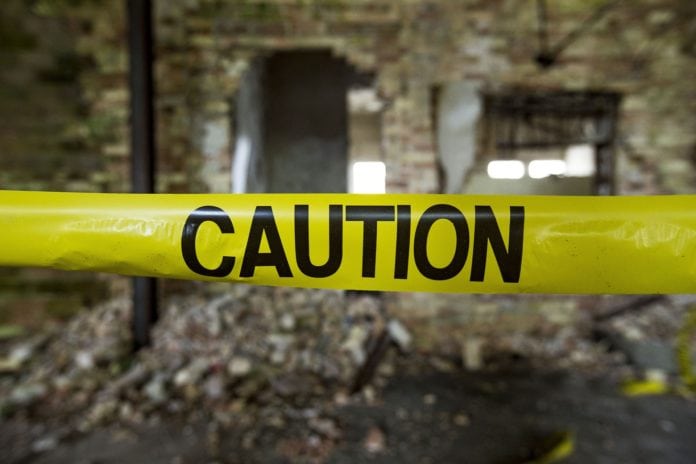Millions of individuals in the United States depend on home health services to help manage chronic conditions and recover after surgeries or unexpected illnesses. Home health utilization is increasingly, too, partly because services are typically provided in the lowest-cost setting.
Home health may be cheaper, but it’s also, perhaps, more dangerous.
There are numerous risks to home health care recipients and caregivers alike, a new report from the Institute for Healthcare Improvement (IHI) released this week has found. Many of those risks are linked to the growing complexity of health issues covered in the home and a general lack of training to manage them.
“While there is much safety knowledge to draw upon after decades of work in hospitals and other health settings, the challenges to keeping care recipients and their caregivers safe in the home are vastly different than they are in those controlled environments,” Diane Schweitzer, acting chief program office of the Gordon and Betty Moore Foundation’s Patient Care Program, said in an IHI announcement.
Providing safe care in the home setting is challenging for a multitude of reasons that differ from the safety issues in hospitals, nursing homes or ambulatory settings, according to the report. Likewise, care in the home is complex because it factors in issues associated with physical space and socioeconomic differences.
The report highlighted several different types of harm potentially found in the home, including heightened risks of infection, poor nutrition and physical injury due to environmental hazards.
Medication errors and other problems with medication use also represent a significant source of harm for people receiving care in the home, according to the report. Overall, it is estimated that about 40% of home health patients experience a medication error or other drug therapy problem, it stated.
Although the report identified multiple unique hazards tied to home health care in the current landscape, it gave the industry credit for working to create a strong safety foundation over the past several decades, specifically citing the OASIS database launched in 1999 as valuable resource.
Along those same lines, numerous private groups and coalitions have worked to improve safety in the home setting, such as the Stop Sepsis at Home project. That has also helped promote safety, according to IHI.
“Home health care organizations as well as hospice and palliative care providers have started to lay a foundation for promoting safety in home care,” Tejal Gandhi, chief clinical and safety officer at IHI, said. “For example, hospice and palliative care programs effectively coordinate care provided by multiple caregivers, such as nurses, social workers, bereavement counselors and spiritual care.”
Person-centered care approaches are fundamental to all aspects of care in the home setting, as are team-based approaches, according to the report. Additionally, to foster safety in home care, future policy and funding models should incentivize the provision of high-quality, coordinated care and avoid perpetuating care fragmentation related to payment.
Safety concerns apply to caregivers as well, according to IHI.
Home health aides employed by agencies have a reported incidence rate of 15.3 nonfatal illnesses and injuries per 100 workers, compared with 3.9 per 100 workers employed in the health care private sector, such as physician’s offices, past research has determined.
“I have a client that is on oxygen and she smokes while she has it on … she doesn’t want to stop,” a home health aide said as part of a separate 2014 study. “She has had social workers, nurses, everybody you can think of going in there to tell her to stop. I actually see sparks on her nose.”
IHI plans to discuss the findings during a session at the IHI National Forum on Quality Improvement in Health Care later this year.
Written by Robert Holly




